
Discover the Rich History at the Slave Route Monument
Explore the Slave Route Monument in Mauritius, a poignant tribute to resilience and a key cultural landmark amidst stunning natural beauty.
The Slave Route Monument in Le Morne is a poignant tribute to the resilience and spirit of those who suffered through slavery. This monumental site, surrounded by stunning natural beauty, offers visitors a reflective experience that connects them to the rich cultural heritage of Mauritius. With its striking architecture and peaceful surroundings, it's an essential stop for any tourist looking to grasp the depth of the island's history.
A brief summary to Slave Route Monument
- Le Morne Cultural Landscape, Unnamed Road, Le Morne, MU
Local tips
- Visit early in the morning for a quieter experience and the best lighting for photographs.
- Take time to read the informational plaques to fully appreciate the historical context of the monument.
- Bring water and snacks, as there are limited facilities nearby.
- Wear comfortable shoes for walking around the monument and the surrounding areas.
- Consider visiting during the week to avoid larger crowds typically seen on weekends.
Getting There
-
Walking
From the center of Grand Gaube, head south towards the coast. As you walk along the coastal road, keep an eye out for the signs directing towards Le Morne. Continue along the road until you reach the junction where you can see the sign for Le Morne. Take a left at the junction, and continue walking straight. The Slave Route Monument is located approximately 5 kilometers from this junction. The walk will take about an hour, so be sure to bring water and wear comfortable shoes.
-
Bicycle
If you have access to a bicycle, start from the main beach area in Grand Gaube. Cycle along the coastal road towards Le Morne. Follow the signs leading to Le Morne and take a left at the junction where the signs are posted. Continue cycling straight for about 5 kilometers until you reach the Slave Route Monument. This route will allow you to enjoy the scenic views of the coast while making your way to the monument.
-
Public Transport
From Grand Gaube, you can take a local bus heading towards Le Morne. Look for the bus stop near the main beach area. Board the bus and inform the driver you want to go to Le Morne. The ride will take approximately 30 minutes. Once you arrive at Le Morne, ask the locals for directions to the Slave Route Monument, which is a short walk from the bus stop. Local residents are usually friendly and willing to help.
Discover more about Slave Route Monument
Iconic landmarks you can’t miss
Le Morne Heritage Centre
0.0 km
Explore the history and vibrant culture of Mauritius at Le Morne Heritage Centre, a cultural hub celebrating the island's rich heritage and artistry.

Le Morne Beach
0.3 km
Discover the serene beauty of Le Morne Beach, where soft sands meet crystal-clear waters in a tropical paradise perfect for relaxation and adventure.

Kozy Le Morne
1.2 km
Discover the tranquil beauty of Kozy Le Morne, a charming hotel in Le Morne, Mauritius, offering stunning lagoon views and comfortable accommodations.

Wapalapam Island Eatery
1.3 km
Experience the vibrant flavors of Mauritius at Wapalapam Island Eatery in Le Morne Brabant, where culinary delights meet island charm.
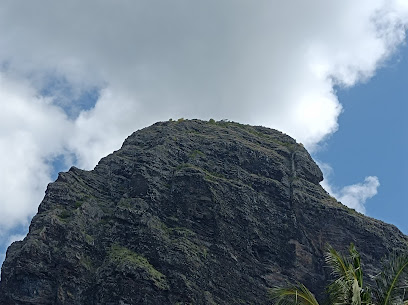
Ma Vie La
1.4 km
Discover the serenity of Ma Vie La, a luxurious villa in Le Morne, Mauritius, surrounded by stunning landscapes and inviting beaches.

L'embrasure
3.3 km
Discover L'Embrasure, an enchanting event venue in Le Morne, Mauritius, offering stunning views and exceptional service for unforgettable celebrations.
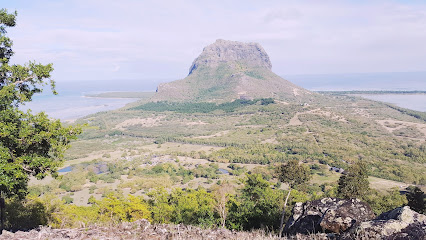
Picnic on the Island
4.8 km
Discover the idyllic beauty of Île aux Benitiers, a serene picnic destination surrounded by stunning waters and lush greenery, perfect for relaxation and adventure.
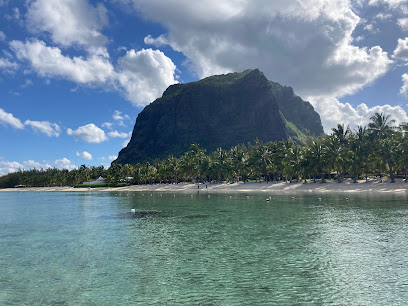
Chalets Chamarel
5.5 km
Discover the serenity of Chalets Chamarel, a picturesque hotel offering breathtaking views and easy access to the natural wonders of Mauritius.

Lavilleon Adventure Park
6.1 km
Discover the natural beauty and thrilling hiking trails of Lavilleon Adventure Park in the scenic Chamarel region of Mauritius.
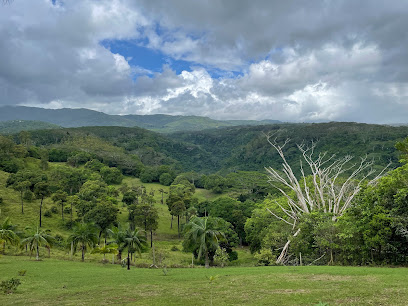
Chamarel Seven Colored Earth Geopark
6.3 km
Experience the stunning natural wonder of Chamarel Seven Colored Earth Geopark, a vibrant landscape of colorful sands and breathtaking waterfalls in Mauritius.
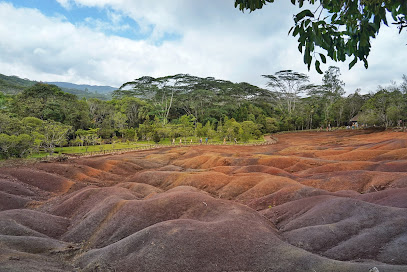
Seven Colored Earth Ground Zero
6.3 km
Experience the mesmerizing beauty of the Seven Colored Earth in Mauritius, a natural landmark showcasing vibrant dunes and rich geological history.
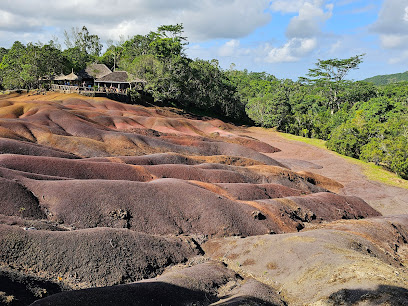
Ebony Forest Reserve Chamarel
6.4 km
Discover the breathtaking beauty and ecological diversity of Ebony Forest Reserve Chamarel, a must-visit natural preserve in Mauritius.
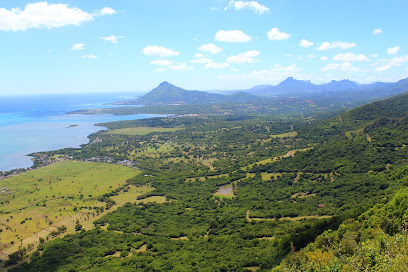
Piton du Canot
6.6 km
Discover the breathtaking beauty and adventure of Piton du Canot, Mauritius' majestic mountain peak with stunning views and vibrant nature.

Maconde Viewpoint
7.3 km
Experience the stunning vistas of Maconde Viewpoint, a breathtaking tourist attraction on the southern coast of Mauritius, perfect for nature lovers and photographers alike.

Chamarel Waterfall Viewpoint
7.3 km
Explore the breathtaking Chamarel Waterfall Viewpoint in Mauritius, where stunning nature meets serene tranquility amidst lush landscapes.

Unmissable attractions to see
Plage Du MORNE
0.2 km
Experience the tranquil beauty of Plage Du Morne, a stunning beach pavilion in Mauritius perfect for relaxation and adventure.

Snorkeling Le Morne
0.2 km
Experience the vibrant marine life and stunning coral reefs at Snorkeling Le Morne, a top snorkeling destination in Mauritius.
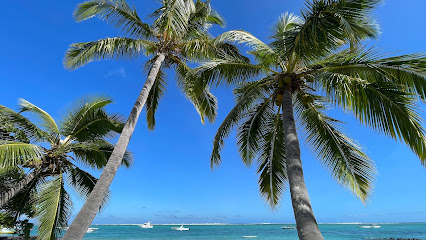
Le Morne Public Beach
0.2 km
Experience the stunning beauty of Le Morne Public Beach, a perfect blend of adventure and relaxation in Mauritius' tropical paradise.

Matteo Mauritius Dolphins Excursions
0.3 km
Dive into adventure at Matteo Mauritius Dolphins Excursions, where you can swim with dolphins in the breathtaking waters of Le Morne Brabant.

Pryde Club
0.3 km
Experience the thrill of surfing at Pryde Club in Le Morne, where expert instructors help you ride the waves in paradise.

Green Ocean Mauritius
0.3 km
Experience the breathtaking beauty and vibrant marine life of Green Ocean Mauritius, a tropical paradise perfect for adventure and relaxation.

Le Morne Brabant
0.4 km
Explore Le Morne Brabant: A historical mountain peak offering stunning views and rich cultural significance in Mauritius.
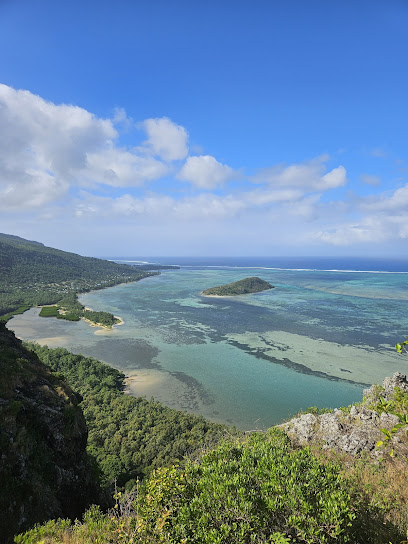
LUX Le Morne
0.6 km
Discover luxury and tranquility at LUX Le Morne, Mauritius, where stunning landscapes meet exceptional hospitality in a tropical paradise.

Haras Du Morne
0.8 km
Unleash your adventurous spirit at Haras Du Morne, where horseback riding meets breathtaking landscapes in Le Morne, Mauritius.
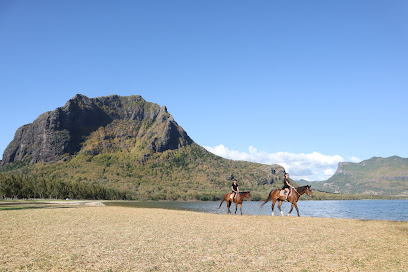
HARAS DU MORNE ECO TOURIST
0.8 km
Experience the heart of Mauritius at Haras Du Morne, where adventure meets nature in a stunning eco-friendly setting.
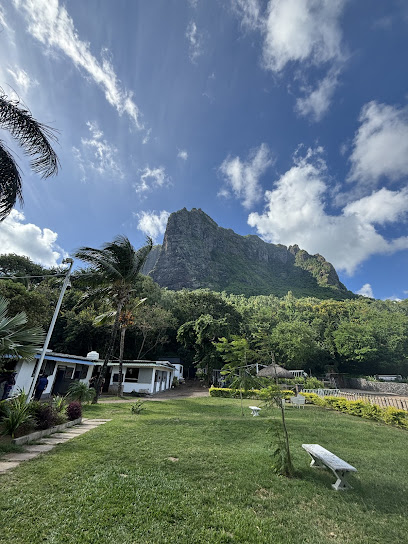
Le Morne Heritage Forest and Moutain Eslaves History
1.0 km
Explore the breathtaking beauty and poignant history of Le Morne Heritage Forest, a UNESCO World Heritage site in Mauritius.
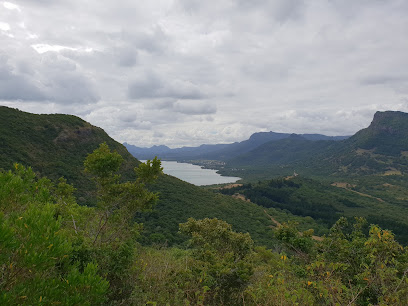
Airswitch Kitesurfing
1.5 km
Experience the thrill of kitesurfing in Le Morne at Airswitch Kitesurfing, where adventure meets breathtaking coastal beauty.

ION CLUB Le Morne, Kite Lagoon
1.6 km
Experience the thrill of kite surfing at ION CLUB Le Morne, where stunning beaches and expert guidance meet in Mauritius' kite surfing paradise.

Gipfelkreuz - Le Morne Brabant
1.6 km
Experience the breathtaking beauty and serene hiking trails at Gipfelkreuz - Le Morne Brabant, a must-visit park in Mauritius for nature enthusiasts.

Le Morne World Heritage Site
1.6 km
Explore the breathtaking landscapes and rich history of Le Morne World Heritage Site, a symbol of freedom in Mauritius.
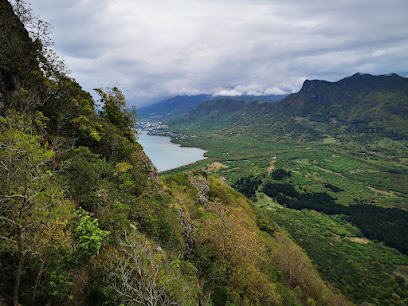
Essential places to dine
Umami
0.2 km
Experience authentic Japanese cuisine at Umami in Le Morne Brabant – where culinary artistry meets breathtaking natural beauty.

L'Harmonie
0.2 km
Experience exquisite Mauritian cuisine with breathtaking ocean views at L'Harmonie in Le Morne.

Dina's
0.3 km
Experience exquisite local cuisine at Dina's in Dinarobin Beachcomber Resort while enjoying breathtaking ocean views.

Emba Filao Restaurant
0.3 km
Experience the flavors of Mauritius at Emba Filao Restaurant in Le Morne - where delicious cuisine meets stunning ocean views.

The beach
0.4 km
Discover the breathtaking beauty of Le Morne Brabant's beach with its soft sands, clear waters, and vibrant local culture - perfect for relaxation or adventure.

Le Plage (Restarant Dinarobin Beachcomber)
0.5 km
Discover family-friendly dining at Le Plage in Le Morne, where exquisite cuisine meets breathtaking ocean views for an unforgettable experience.

East
0.6 km
Discover exquisite flavors and stunning ocean views at East Restaurant in Le Morne, Mauritius - a true culinary paradise.

The Kitchen
0.6 km
Experience culinary excellence at The Kitchen in Le Morne - where local flavors meet international flair amidst stunning views.

Simply India
1.0 km
Experience authentic Indian cuisine at Simply India in Le Morne, Mauritius – where vibrant flavors meet tropical charm.

The Boathouse Bar & Grill
1.0 km
Experience delectable cuisine with stunning ocean views at The Boathouse Bar & Grill in Le Morne Brabant.
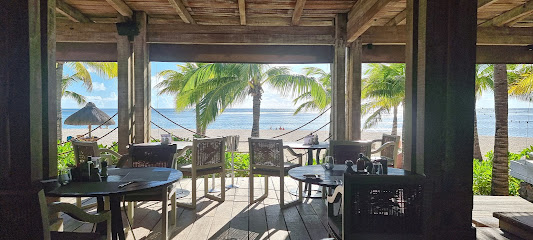
Floating Market Restaurant
1.1 km
Experience authentic Thai cuisine in a serene setting at the Floating Market Restaurant in Le Morne Brabant.
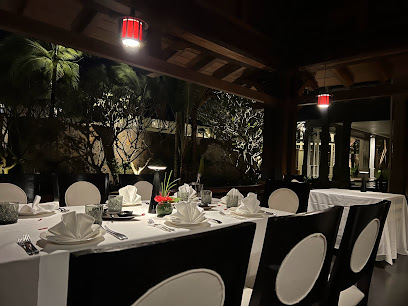
La Ravanne
1.1 km
Experience the rich flavors of Mauritian cuisine at La Ravanne, where every dish tells a story amidst tropical tranquility.

Kulinarium
1.6 km
Discover exquisite Western cuisine amidst the breathtaking beauty of Le Morne Brabant at Kulinarium.

Le Brabant
1.9 km
Discover exquisite dining at Le Brabant in Le Morne—where local flavors meet stunning ocean views.

Blue Marlin
2.0 km
Experience exquisite flavors and breathtaking views at Blue Marlin in Le Morne, Mauritius – a must-visit dining destination.
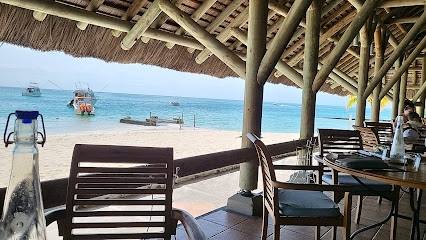
Markets, malls and hidden boutiques
Lepep ice cream
0.1 km
Discover the sweetest spot in Le Morne with a variety of artisanal ice cream flavors at Lepep Ice Cream, perfect for every dessert lover.

Water Expeditions
0.4 km
Experience the thrill of kitesurfing and surfing at Water Expeditions in Le Morne - the ultimate adventure playground for water sports lovers.

GoPro Shop
1.3 km
Explore the GoPro Shop in Le Morne for top-notch electronics and expert advice on capturing your adventures in stunning quality.

wapalapam shop
1.3 km
Experience the vibrant charm of Wapalapam Shop in Le Morne, Mauritius, where local crafts and unforgettable souvenirs await.
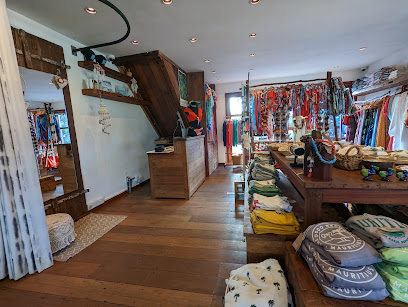
Craft World Company
1.3 km
Discover a vibrant selection of authentic Mauritian souvenirs at Craft World Company, the perfect spot to find unique keepsakes that celebrate your journey.

LOKAL BOARD SHOP - LE MORNE
1.3 km
Discover the ultimate surf shop experience in Le Morne, Mauritius, where adventure meets the sea and quality gear awaits every surfer.
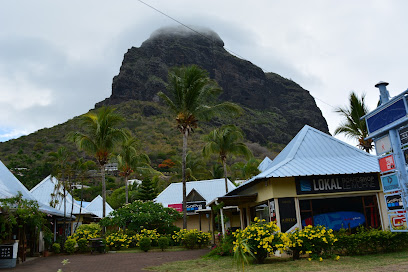
Le Gall Clothing Shop
1.3 km
Discover stylish beachwear at Le Gall Clothing Shop, your go-to destination for vibrant summer fashion in Le Morne, Mauritius.

Duotonekiteboarding Shop
1.3 km
Explore the ultimate kitesurfing experience at Duotonekiteboarding Shop in Le Morne, Mauritius, your go-to destination for top-quality gear and expert advice.

Brabant Kiteschool
1.5 km
Discover the thrill of kitesurfing at Brabant Kiteschool in Le Morne, Mauritius—where adventure meets stunning natural beauty.

ION CLUB Le Morne Windsurf Center
1.6 km
Experience the ultimate windsurfing adventure at ION CLUB Le Morne, where stunning landscapes meet thrilling water sports.
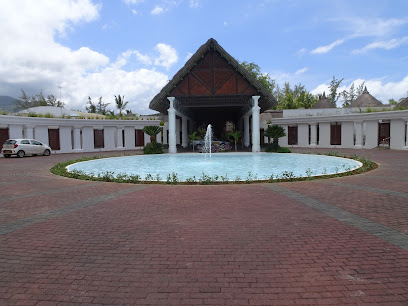
Bazaar shop Reo 2
1.7 km
Explore local fashion and unique clothing finds at Bazaar Shop Reo 2 in the enchanting Le Morne, Mauritius.

Parure Paradis Hotel - Official Rolex Retailer
1.9 km
Experience luxury at Parure Paradis Hotel, the official Rolex retailer in Le Morne, Mauritius, where elegance meets breathtaking coastal beauty.

L'Embrazure Store
3.4 km
Discover local treasures and everyday essentials at L'Embrazure Store, your friendly general store in the scenic Le Morne, Mauritius.
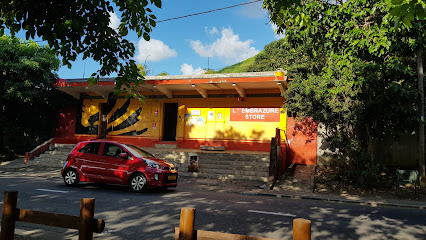
Euro Market
3.5 km
Discover local flavors and essentials at Euro Market in Le Morne, your ideal grocery stop for a unique Mauritian experience.

Cold Storage
3.9 km
Discover local flavors and essentials at Cold Storage, the charming general store in the heart of Le Morne Brabant, Mauritius.

Essential bars & hidden hideouts
Paradis Bar
1.8 km
Experience the vibrant atmosphere and refreshing cocktails at Paradis Bar, your tropical retreat in Le Morne, Mauritius.
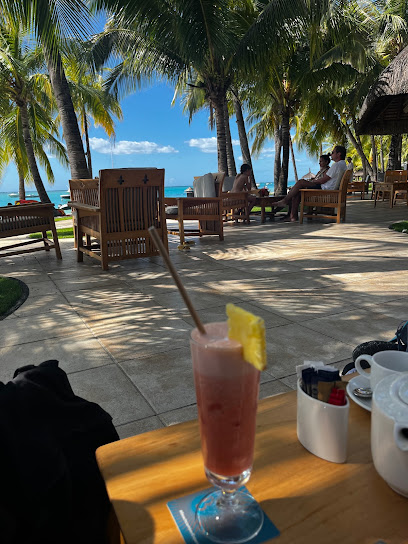
View Bar
7.8 km
Discover the tranquil beauty of Chamarel at View Bar, where stunning views and refreshing drinks create an unforgettable experience.

Lakaz Chamarel View Bar
7.8 km
Discover the serene Lakaz Chamarel View Bar, where stunning vistas and refreshing drinks create the ultimate relaxation experience in Mauritius.
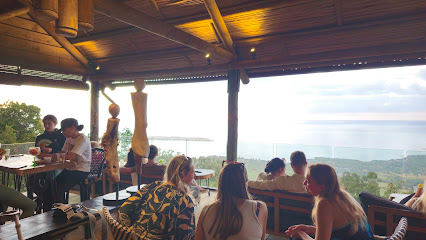
Typical Roti
8.3 km
Discover the authentic taste of Mauritius with delicious rotis and a welcoming atmosphere at Typical Roti in Chamarel.

Vue Sur Chamarel
8.3 km
Experience exquisite Mauritian flavors at Vue Sur Chamarel, where every meal is a feast for the senses amidst breathtaking scenic views.

Restaurant Les Palmiers Chez Dev
8.3 km
Discover the authentic tastes of Mauritius at Les Palmiers Chez Dev in Chamarel, a restaurant offering local delights in a picturesque setting.
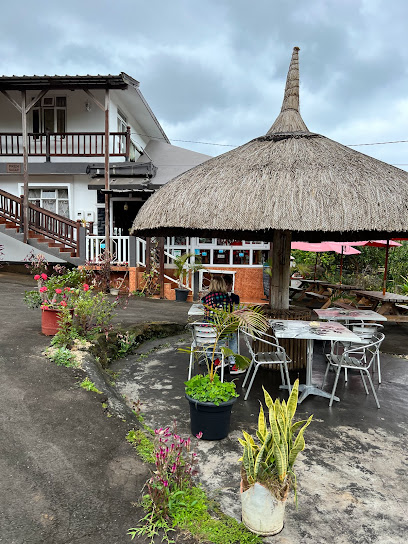
Chez M Chamarel
8.4 km
Experience the rich culinary heritage of Mauritius at Chez M Chamarel, where stunning views meet authentic local flavors in a warm atmosphere.
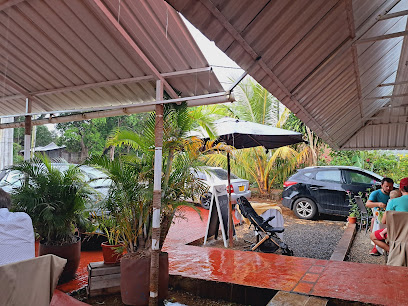
Palais de Barbizon
8.5 km
Experience authentic Mauritian flavors at Palais de Barbizon, a hidden gem in Chamarel offering a unique culinary journey.
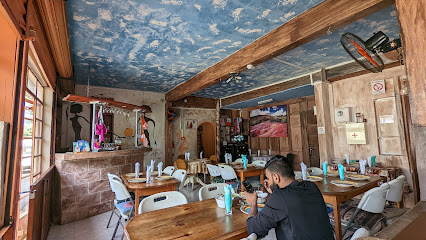
One Love Snack
8.5 km
Experience the flavors of Mauritius at One Love Snack, a cozy restaurant in Chamarel offering authentic culinary delights and stunning views.
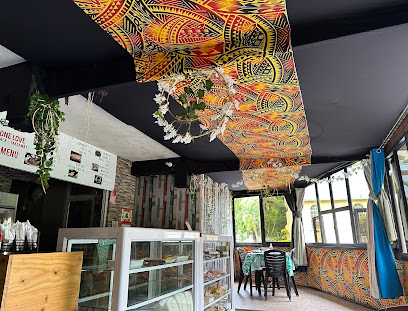
Nadi'Miel Chamarel
8.6 km
Experience the delightful flavors of Mauritius at Nadi'Miel Chamarel, a café nestled in the stunning landscapes of Chamarel.

L’Alchimiste restaurant
9.0 km
Discover the best of Mauritian cuisine at L’Alchimiste Restaurant, where fresh ingredients meet traditional cooking in a charming setting.
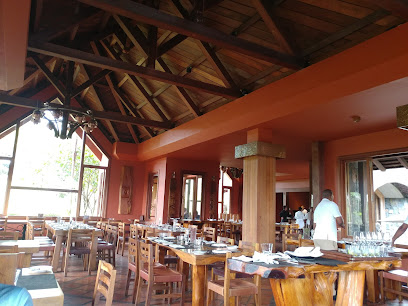
DIAMOND Beach Club
10.5 km
Savor exquisite dishes and stunning views at Diamond Beach Club, a culinary paradise in Black River, Mauritius, perfect for every traveler.
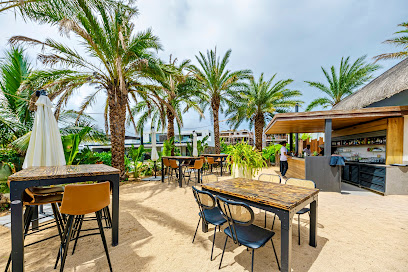
Sunset Restaurant
10.8 km
Experience the rich flavors of Creole cuisine at Sunset Restaurant, where stunning ocean views meet delectable dishes in a charming setting.
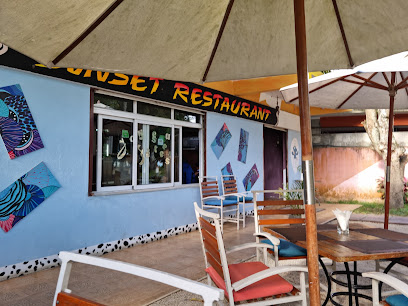
La Roche Cari
10.8 km
Explore the authentic flavors of Mauritius at La Roche Cari, where every dish tells a story of culture and culinary excellence.
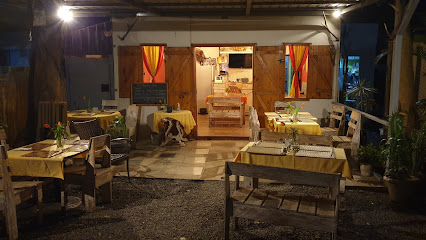
restaurant bistro anvers bel ombre mauritius
10.8 km
Experience the flavors of Mauritius at Bistro Anvers, a charming restaurant in Bel Ombre offering delightful local cuisine in a cozy atmosphere.




